CICD For Warehouse Management Systems
- Ankush Madaan
- Case Studies
About
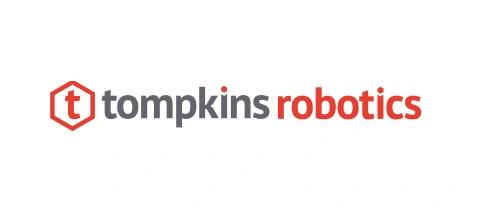
Industries
- AWS, CI/CD Pipelines, CICD, Docker, EKS
Share Via
About the Customer
Tompkins Robotics is a company at the forefront of robotic automation, primarily focusing on streamlining distribution and fulfillment operations. Established over half a decade ago, the company began its journey with tSort™, a unique robotic sortation solution. Since then, Tompkins Robotics has persistently pursued innovation, adding numerous solutions to both its upstream and downstream operations. Their offerings now include the advanced Pick Assist AMR and PickPal for upstream processes and the revolutionary xChange, the only automated takeaway unit from a unit sorter robot, for downstream processes. Linking all these technologies together is their warehouse execution system, tWES, which delivers a comprehensive set of solutions for their customers’ needs across the supply chain spectrum.
Customer Challenge
Tompkins wanted to enhance its current CICD pipeline, to support deployments to Amazon’s Elastic Kubernetes Service (EKS). The existing pipeline designed for deployments to Docker running on EC2 instances, exhibited tight coupling. They had a long sequential pipeline building each app/component in a single pipeline on every release. Additionally, any failures at any stage required a complete rebuild from the start, contributing to delays in the development and release processes.
Furthermore, the manual provisioning of temporary environments added to the challenges, introducing errors and consuming valuable time. Tompkins recognized the need to streamline these processes for better agility and reliability in development, deployment, and overall release management.
Proposed Solution
With careful planning of the solution design and successful POCs , SquareOps came up with a solution to significantly improve Tompkins Robotics’ operational efficiency and reduced its IT costs. The Solution comprised of:
- Decoupled CI CD Pipelines: We decoupled the existing CICD pipeline by breaking it into multiple declarative pipelines for building different applications and dependency. We then introduced an umbrella pipeline which was used to trigger these individual pipelines in a defined manner. In this way, we were able to resume the pipeline from the failed stage and build individual applications as per the requirements. These pipelines would source the source code from git, artifacts from the artifactory, run code scans, build the docker images, run docker scan using trivy and push the images to the docker registry.
- DevSecOps Practices: We introduced automated security scans and assessments at various stages of the development pipeline, including code commits, builds, and deployments. This allowed them to identify and address security vulnerabilities much earlier in the development process, reducing the risk of vulnerabilities making their way into production.
- Automated Provisioning of Dynamic Environments: Terraform was used to spin up EKS clusters, which were equipped with necessary add-ons, controllers, and operators to act as test beds for new releases. The QA team used these environments to run test scripts, perform load tests and longevity tests. After the release to production, these environments were terminated using the pipeline.
- Deployment Automation: The CD part of the pipeline included controlled deployment to production once the changes passed all tests in the staging environment. We used Argo CD and Helm for rolling deployments and rollbacks. This controlled deployment of different application versions to different customers in different regions providing more flexibility to the client.
CICD Implementation


Results and Benefits
- Improved Developer Productivity: Developers enjoyed greater control and ownership of their microservices, which led to increased innovation and quicker issue resolution.
- Reduced feature delivery time : The time required to deliver new features and updates was drastically reduced. What previously took weeks could now be accomplished in a matter of days or hours.
- Continuous Delivery: By breaking down the pipeline into smaller components, Tompkins embraced a microservices-based CICD pipeline. Developers could now independently develop, test, and release their microservices, accelerating feature delivery.
- Higher Quality Software: Automated testing and deployment significantly improved software quality. Bugs and issues were caught early in the development process, reducing post-release bug fixes.
- Enhanced Collaboration: The CI/CD pipeline encouraged collaboration among development and operations teams. The pipeline’s transparency allowed everyone to see the progress of changes from development to production. As the development lifecycle was automated, developers now spend more time on development than operations.
- Improved Customer Satisfaction: With quicker releases and a reduced number of bugs, customer satisfaction soared.
- Single click deployments of environments for Longevity tests: Provisioning new environments to run longevity tests is now a one click process. This ensured the application’s reliability over a long period of time.
About The Partner
SquareOps is a one-stop solution for any enterprise, regardless of size or industry, that wants to grow by taking advantage of the benefits of cloud-native platforms. We are a team of passionate engineers helping businesses set up the right processes and culture of DevOps for different verticals. We help developers understand best practices for coding, security as a basic need, and building pipelines for easy deployments. Our service model feature is a big differentiator from our competitors in the market, as we offer services at affordable prices.
Related Posts

Smooth Migration of MongoDB & Elasticsearch to AWS
- Case Studies
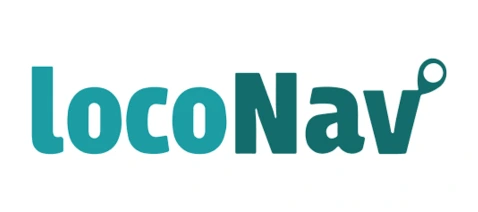
Streamlining Deployments for Loconav with Automation
- Case Studies
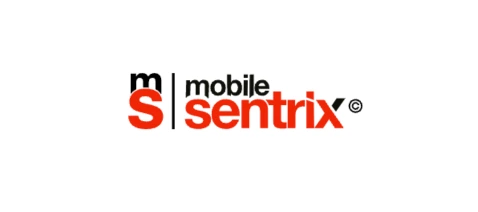
Scaling DevOps & Performance for MobileSentrix
- Case Studies

Migration of MongoDB & Elasticsearch to AWS
- Case Studies
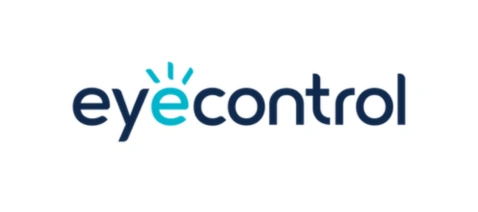
AWS Control Tower Strategy For EyeControl
- Case Studies
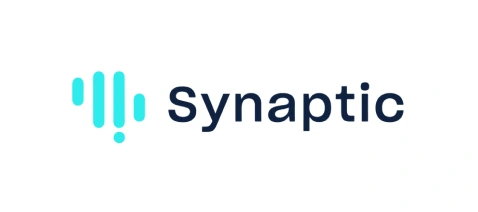
Transforming AWS Security Landscape For Synaptic
- Case Studies

